Tuesday, April 7, 5:30 p.m. at Emmanuel Parish Hall followed by Book Signing at Darvill’s
— by Margie Doyle —
Dr. Joe Gaydos and Audrey D. Benedict have co-authored a book of captivating narrative and stunning photography through which readers can explore the wonders of the Salish Sea, our home.
They will talk about their book The Salish Sea; Jewel of the Pacific Northwest, at two events on Orcas Island next Tuesday, beginning at 5:30 p.m. at the Emmanuel Episcopal Parish Hall in Eastsound.
In an Orcas Issues interview, Gaydos told some of the stories behind this instantly classic, definitive look at our surroundings, always focused with a sense of amazement and respect for the complex lives — including humans — that share this ecosystem.
For Joe Gaydos, the Chief Scientist for the SeaDoc Society, the book started when he began his “steep learning curve” to gather in all the information he could about the Salish Sea, officially named in 2009. The Salish Sea encompasses the Strait of Georgia to the north, the Strait of Juan de Fuca to the west, and Puget Sound to the south of the San Juan Islands.
Joe and his family — wife Julie Brunner and two daughters — were living in the Eastern United States when he applied for the job at Orcas’ SeaDoc in 2001. Upon accepting the position as Chief Scientist for the marine conservation non-profit, he read everything he could get his hands on about this international ecosystem, the “Jewel of the Pacific Northwest” but found there was no one comprehensive book about it. When in 2009 the Salish Sea became the official name of this marine area, and the general public recognized it as an ecosystem, Gaydos said, “We’ve got to have a ‘go-to’ book with all this fascinating stuff I’ve been learning.”
Audrey DeLella Benedict is a geologist by training and the founder of Cloud Ridge Naturalists. She divides her time between San Juan County and Colorado. She met Gaydos when he gave a talk aboard her organization’s ship, the Catalyst, and “she saw we were kindred spirits,” says Joe. After he and Jonathan White, Orcas builder, naturalist and author of Tides, the Ocean’s Dance with the Moon, “talked forever” about the structure of such a book, Gaydos sent Audrey a proposal, and the book project was on. Gaydos and Benedict alternated writing the chapters, with the oversight of Editor Alice Levine.
Audrey had assembled a team that was essential to putting the book together. Joe says, “without one of those people it wouldn’t have worked.” Annie Douden was the book designer; her input was “way critical, she was just a wizard.”
Aside from the fabulous stories in the narration – he relates the story of the photographer who swam next to a five-foot plankton-eating shark, “just to be in its presence”” — the book would “be nothing without the pictures to do it justice,” Gaydos says. Over 55 photographers including nationally recognized Art Wolfe and local professional Phil Green are included. Photo Editor Wendy Shattil looked at over 6,000 images. “Some images are so unexpected, so real, so amazing – and our surroundings are so rich in them, right under our nose,” says Gaydos, from birds that fly underwater to the three distinct types of killer whates to the common murre that dives deeper than humpback whales, over 600 feet.
His motive in compiling the book, says Gaydos, was to connect people to the wonders of the Salish Sea. “The more people get connected, the more they care, and the more they take care.
“People think conservationists just want to look, but people are part of the ecology too –fishing, kayaking, swimming. We just want our interactions not to be at the cost of the ecosystem. We need to be here in a way that makes the ecosystem last.”

Giant Acorn Barnacle (Balanus nubilus), surrounded by Strawberry Sea Anemones (Corynactis californica). Pacific Northwest. Photo by Brandon Cole.
With over 13 years of explorations and appreciation at SeaDoc, Joe Gaydos says his “favorite species” changes every day. “I’m blown away by what I’ve learned.”
- There’s the baby king crab, that is just a round blob before it grows into its monster legs
- And the “crazy-looking” tufted Puffin.
- He’s marveled at the Common Murre, that lay only one or two eggs a year on their cliffside nests. Their eggs have a pointed tip, so they roll in a circle, and don’t fall off their perches on the cliff. He also notes the behavior of the male parent, who teaches the fledglings how to fly, fish and survive when they leave their nest. “As a dad, that really touches me,” he says.
- Then, at the end of this month, the Salish Sea is the feeding grounds for the world’s largest congregation of Western Sandpiper as they migrate from Peru to Alaska. Their swarming flight is so dense that one can barely see the sky through their swooping mass.
“We in the San Juans are really in touch with what’s out there, and we’re influencing the ecosystem. My hope is to get people as jazzed as I am — from that comes everybody’s personalized actions, doing what they want to do, whether it’s riding your bike every day, or planting a garden that’s beneficial to the environment, or taking political action to protect and preserve the ecosystem.
“Rather than focus on one issue, if we all think of the Salish Sea as a resource that we need to take care of; then we’re going to be okay. Think of the plankton bloom off East Sound last summer, and the terrible smell. The fish gills got clogged and so many died. What if it was like that all the time,? People wouldn’t want to be here.
“It’s about everything. We hope to pass that ethic, that vision along to everyone else – to restore and protect the Salish Sea as if our lives depend on it.
“There are pockets all around the world that have embraced that way of life – for them it’s a given to know and take care of your place and know the birds, the animals, the trees, the marine life, knowing what you can and can’t do if you want to maintain the ecosystem.
“Think of the importance of the ocean. It produces our weather, our food, our quality of life. The more I learn, the more fascinating the Salish Sea becomes — it never ends.”
Gaydos and Benedict write in the concluding words of their book, “In our dream for the Salish Sea, we see a day when we all recognize and know our marine resources better than we now know corporate logos. We will watch and monitor the ecosystem better than we now watch the weather or monitor the NASDAQ or Dow Jones Industrial Average. And we will restore and protect the Salish Sea as if our lives and our livelihoods depend on it – because they do.”
About SeaDoc
Orcas Islanders Kathy and Ron McDowell founded the SeaDoc Society in order to regard marine conservation from a scientific perspective. It is part of the Karen C. Drayer Wildlife Health Center at the UCal Davis School of Veterinary Medicine. SeaDoc partnered with Cloud Ridge Naturalists to publish The Salish Sea.
The Salish Sea; Jewel of the Pacific Northwest is published by Sasquatch Books.
**If you are reading theOrcasonian for free, thank your fellow islanders. If you would like to support theOrcasonian CLICK HERE to set your modestly-priced, voluntary subscription. Otherwise, no worries; we’re happy to share with you.**

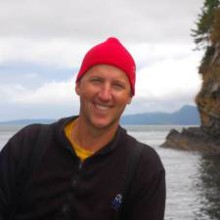
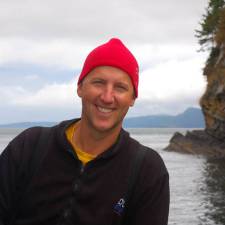
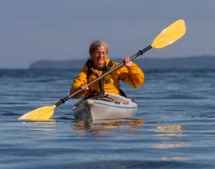
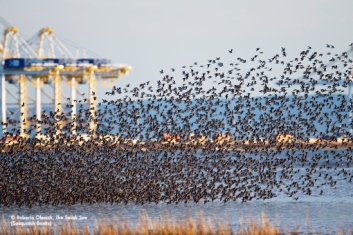

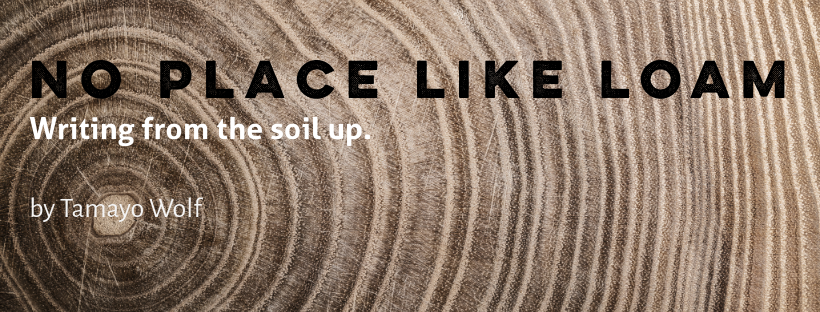
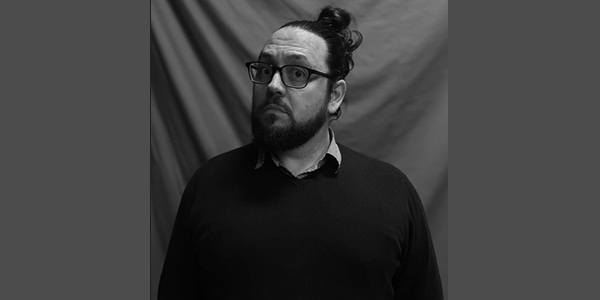




Thanks Joe for the great book.
Jaxon has already taken his copy to Kindergarten and it was a hit! A great book for all ages!
Geri and I attended the presentation of the authors this evening at the Parish Hall, which was extremely informative and entertaining. This program was followed by a reception at Darvills, and I have to say I have never seen the bookstore doing such a business, selling copy after copy. Once we got the book home, we just gaped at picture after picture. Each turn of the page brought a new treasure. And we haven’t even read the text yet.
Please do yourself a favor and buy a copy of The Salish Sea. The book is intended to bring an appreciation of our area so that it is well-protected and allowed to continue to be the gem that it is. You will gain even more of an appreciation than you already have by viewing this book.